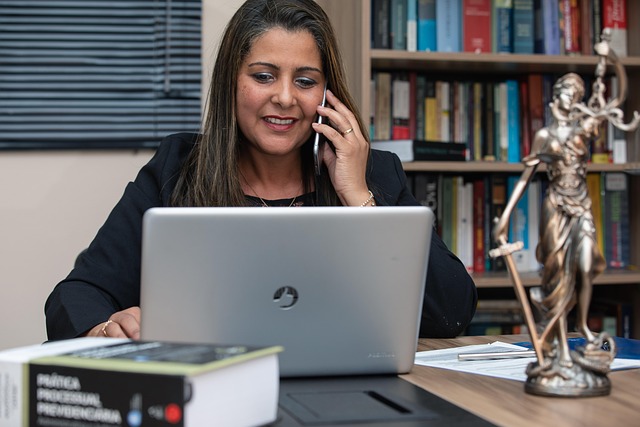Tailor lighting in a law office to task-specific needs, utilizing natural light and adjustable law office equipment like lamps and task lighting. Strategically place furniture for even light distribution, reduce eye strain with task lighting, and maximize natural daylight through window placement. Invest in high-quality LED lights for limited natural light, maintain luminosity, and consider color temperature for focus or relaxation. Regular cleaning and bulb replacement ensure optimal productivity and professionalism of law office equipment.
Illumination plays a pivotal role in fostering productivity within law offices. The right lighting not only enhances work efficiency but also influences the overall atmosphere and well-being of legal professionals. This article guides you through the process of choosing the optimal lighting for your law office, focusing on understanding specific needs, considering critical factors, and optimizing equipment to create an environment conducive to focused work and strategic thinking.
- Understanding Lighting Needs in a Law Office
- Key Factors to Consider for Productive Lighting
- Best Practices for Optimizing Law Office Equipment Lighting
Understanding Lighting Needs in a Law Office
Understanding the specific lighting needs of a law office is paramount for creating an environment conducive to productivity. Law offices, unlike casual settings, demand lighting that supports concentration and reduces eye strain. The primary focus should be on task-specific illumination, ensuring each area—from individual workstations to conference rooms—is adequately lit for reading, writing, and reviewing documents. This involves considering the type of tasks performed in these spaces; for instance, bright, natural light is ideal for detailed work, while softer, ambient lighting may be more suitable for discussions and meetings.
Moreover, the right law office equipment, including adjustable lamps and task lighting, plays a pivotal role in achieving optimal lighting. These tools enable lawyers and staff to customize their workspace lighting according to personal preferences and tasks at hand. Such flexibility ensures that the office can accommodate various activities, from meticulous research to collaborative sessions, without compromising visual comfort or productivity.
Key Factors to Consider for Productive Lighting
When designing lighting for a productive law office, several key factors come into play. Firstly, consider the specific tasks that will be performed in each area—from document review to client meetings. Different activities require distinct levels of illumination and light quality. For instance, detailed work like reading legal documents necessitates bright, consistent lighting with minimal glare, whereas collaborative spaces may benefit from warmer, more ambient lighting to foster discussion.
The type and placement of law office equipment also play a significant role. Desks, shelves, and other furniture arrangements should be taken into account to ensure even illumination across work surfaces. Additionally, the use of task lighting—like lamp stands or adjustable desk lamps—can enhance focus by directing light precisely where it’s needed, reducing eye strain. Natural light is another crucial element; strategically placing windows can maximise daylight, which not only reduces electricity usage but also improves overall productivity and well-being.
Best Practices for Optimizing Law Office Equipment Lighting
To optimize lighting in a law office, start by evaluating the existing setup. Natural light is ideal for creating a productive atmosphere, so maximize its use through strategic window placement and reflective surfaces. Where natural light is limited, invest in high-quality LED lights designed for task-specific illumination. Ensure uniform lighting across all work areas, including desks, conference rooms, and storage spaces.
Consider the color temperature of your lighting, as cooler tones (around 5000K) promote alertness and focus while warmer tones (above 3000K) create a more relaxed environment. For legal work requiring intense concentration, task lighting with adjustable heights and angles is essential. Regularly clean or replace light bulbs to maintain optimal luminosity, and remember that proper lighting enhances not only productivity but also contributes to the overall professionalism of your law office equipment.
When optimizing lighting in a law office, understanding the specific needs of legal work is key. By considering factors like task-specific illumination and energy efficiency, you can create an environment that enhances productivity among legal professionals. Implementing best practices for law office equipment lighting ensures a comfortable, well-lit space that supports focused work and client interactions. With the right lighting choices, your law office can become a true center of productive expertise.
